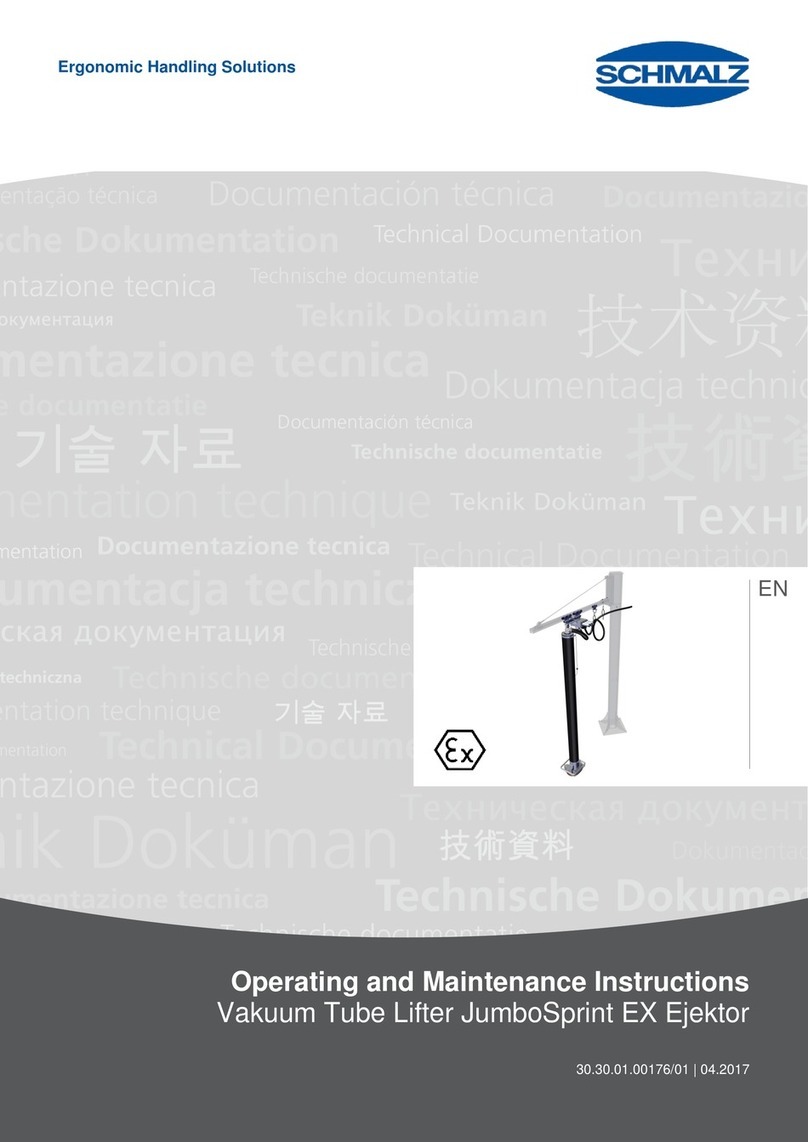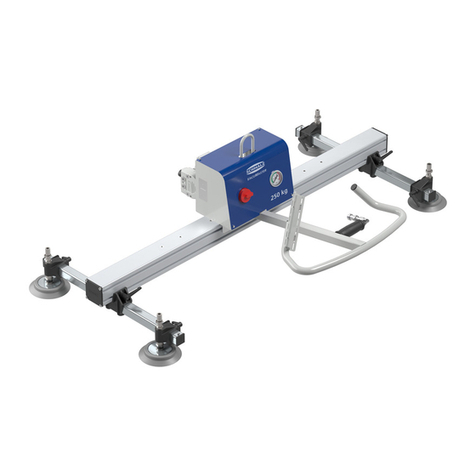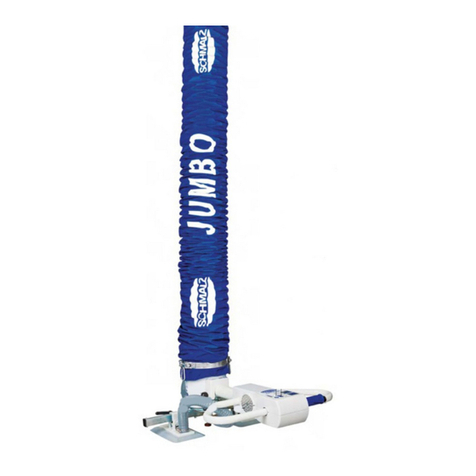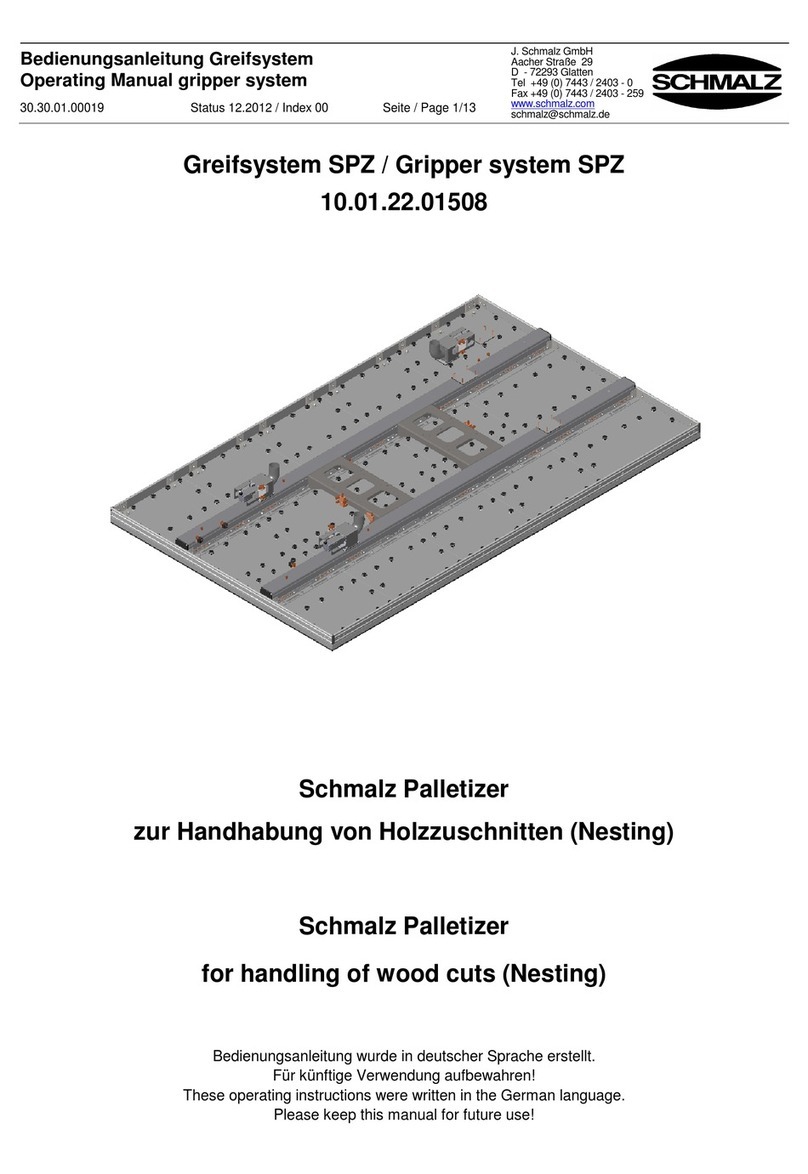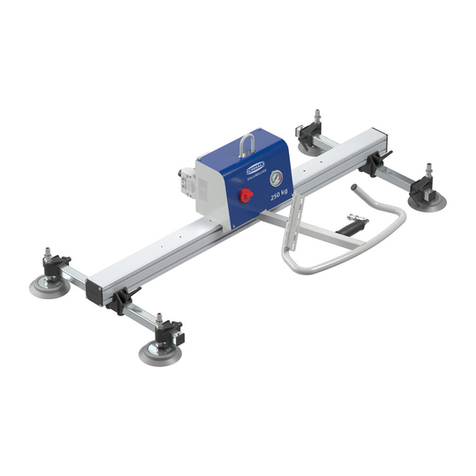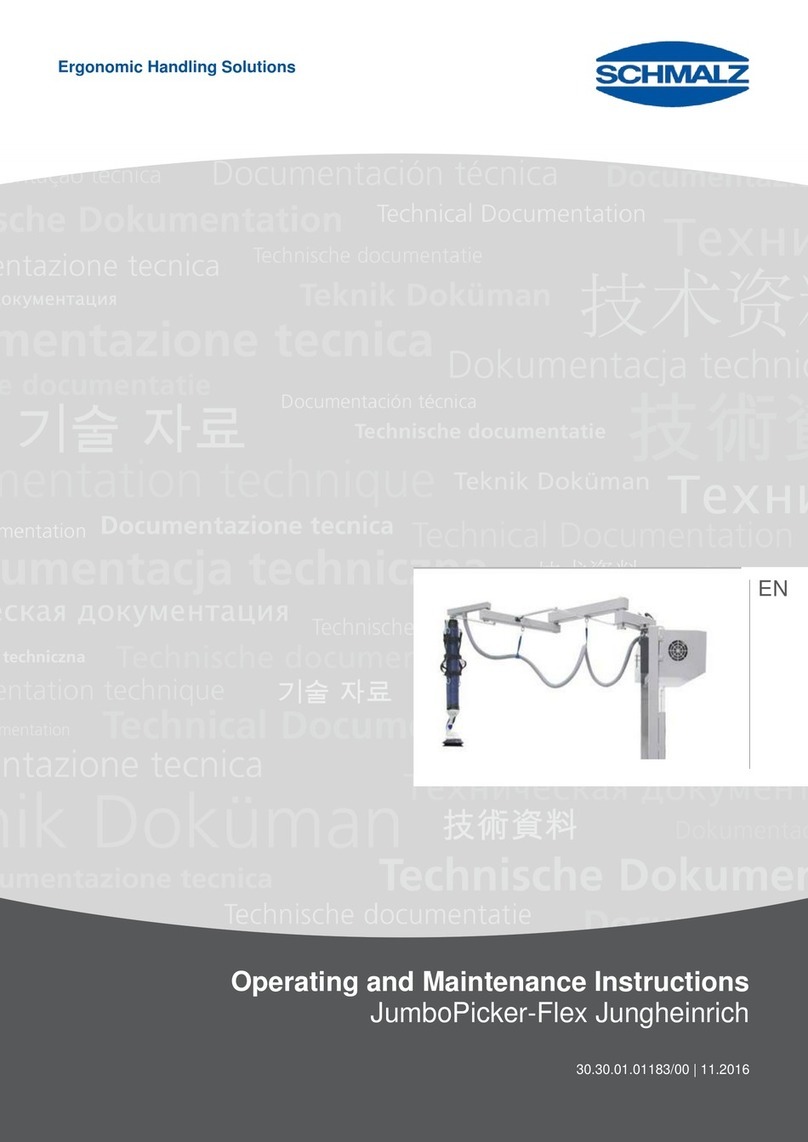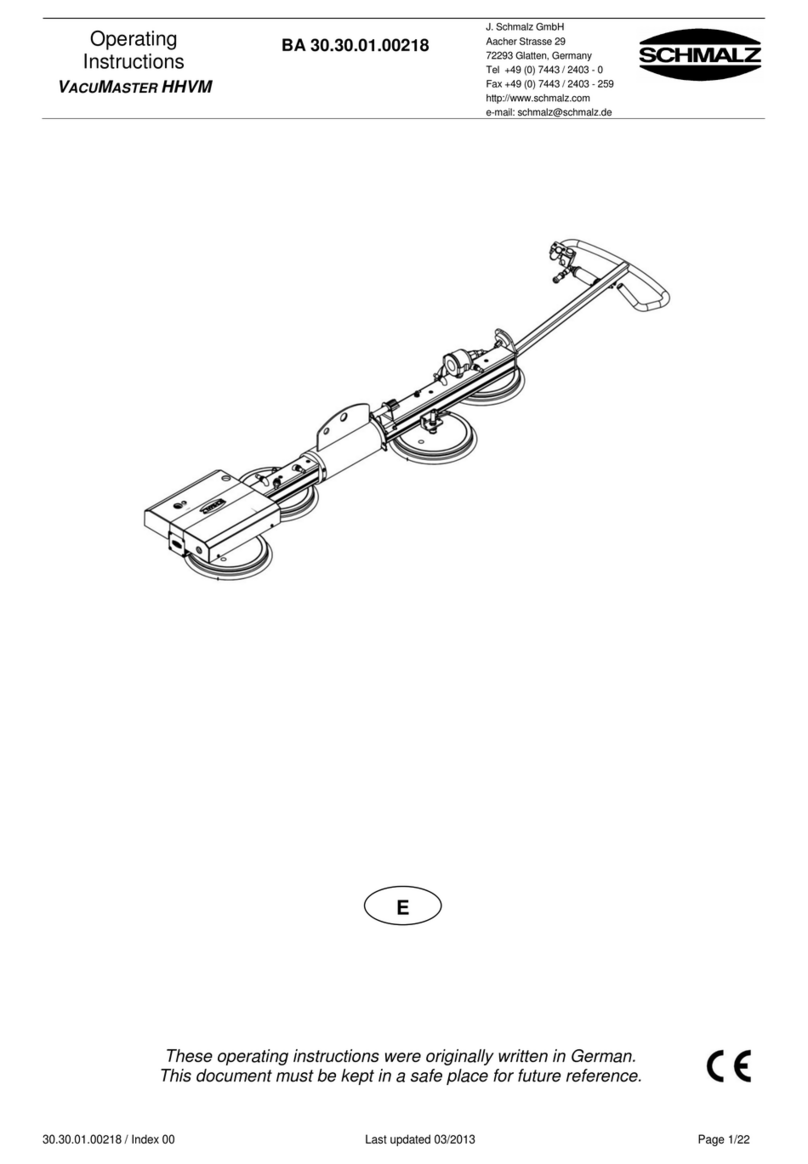
Contents
4 / 52 EN-US · 30.30.01.02553 · 00 · 09/20
5.2 Checking the Delivery ....................................................................................................................... 23
5.3 Removing the Packaging .................................................................................................................. 23
5.4 Transporting the Tube Lifter ............................................................................................................ 23
5.5 Storing the Tube Lifter...................................................................................................................... 24
6 Installation.....................................................................................................................................................25
6.1 Safety ................................................................................................................................................. 25
6.1.1 Protective Equipment................................................................................................................ 25
6.1.2 Safety Instructions for Maintenance ........................................................................................ 25
6.2 Mounting the Vacuum Supply Hose ................................................................................................ 25
6.3 Replacing the Suction Cup................................................................................................................ 26
6.3.1 Removing the Suction Cup........................................................................................................26
6.3.2 Attaching the Suction Cup........................................................................................................ 27
6.4 Installing the Vacuum Pump............................................................................................................. 27
6.5 Checking the Rotation Field ............................................................................................................. 28
6.6 Shortening the Lift Tube................................................................................................................... 28
6.7 Adjusting the Hovering Position ...................................................................................................... 30
6.8 Adjusting the Lowering Speed ......................................................................................................... 31
6.9 Attaching the Quick Reference Guide ............................................................................................. 31
6.10 Installing the Radio Remote Control (Option) ................................................................................ 31
6.10.1 Installing the Receiver ............................................................................................................... 31
6.10.2 Registering the Transmitter ...................................................................................................... 32
6.10.3 Registering an Additional Transmitter.....................................................................................33
6.11 Installing the Silencer Box (Option) ................................................................................................. 33
6.12 Installing the Dust Filter (Option) .................................................................................................... 34
6.13 Installing and Adjusting the Vacuum Regulation Valve (Option).................................................. 34
6.14 Checks Before Start of Operations ................................................................................................... 34
7 Operation ......................................................................................................................................................35
7.1 Safety ................................................................................................................................................. 35
7.1.1 Protective Equipment................................................................................................................ 35
7.1.2 Personnel Qualifications ........................................................................................................... 35
7.1.3 Safety Instructions for Operation ............................................................................................. 35
7.1.4 Using the Tube Lifter Correctly.................................................................................................36
7.1.5 Safely Guiding the Lifted Load ................................................................................................. 37
7.1.6 What to Do in an Emergency....................................................................................................37
7.2 Replacing the Suction Cup................................................................................................................ 37
7.3 Switching on the Tube Lifter ............................................................................................................ 38
7.4 Setting the Hovering Position .......................................................................................................... 38
7.5 Adjusting the Lowering Speed ......................................................................................................... 38
7.6 Raising the Load ................................................................................................................................ 38
7.7 Vertically Apply Suction to the Load and Set It Down Horizontally .............................................. 40
7.8 Setting Down the Load ..................................................................................................................... 41
7.9 Rotating the Load ............................................................................................................................. 42
7.10 Parking the Tube Lifter ..................................................................................................................... 42
8 Troubleshooting............................................................................................................................................44
8.1 Safety ................................................................................................................................................. 44
8.1.1 Protective Equipment................................................................................................................ 44
8.1.2 Safety Instructions for Troubleshooting ..................................................................................44
8.2 Help with Malfunctions .................................................................................................................... 44




